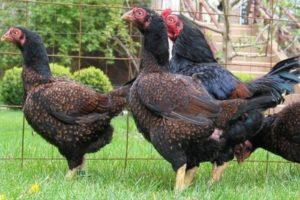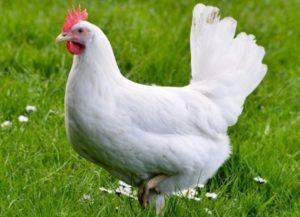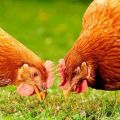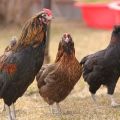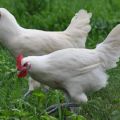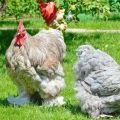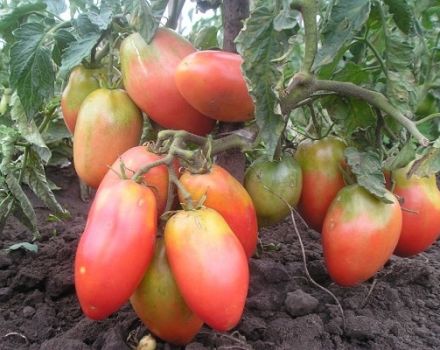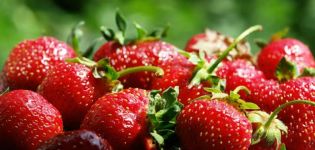Description of chickens of the Kuban red breed and maintenance rules
The breed of chickens Kuban red is considered very popular. It is highly productive. The birds produce many eggs and are distinguished by delicious and tender meat. To achieve success in raising chickens, it is recommended that they provide quality care. It should include the correct organization of the poultry house and walking areas, balanced nutrition, and disease prevention.
The history of the emergence of the breed
Layers were bred in the Kuban. This happened at the Labinsky plant. Chickens of this breed are obtained by crossing foreign crosses Leghorn and Rhode Island.
In 1995, breeders managed to obtain 9 autosex lines. They were the first representatives of this species. Now chickens are raised in different factories. However, the main number of birds reproduce at the plant where this breed was obtained.
At the same time, breeders are constantly improving the characteristics of the bird. Thanks to this, the parameters of its productivity are constantly increasing.
Description and characteristics of chickens Kuban red
Through the efforts of breeders, it was possible to obtain birds that are characterized by high productivity against the background of minimal feed costs. Thanks to this, the growing of birds becomes as profitable as possible.
Exterior
These chickens are quite large in size. They are characterized by a neat head with a large crest. It has a leaf-like shape. The plumage has a dense texture and is characterized by a red or red tint. The wings and tail can be decorated with gray or black feathers. Feet are medium in size.
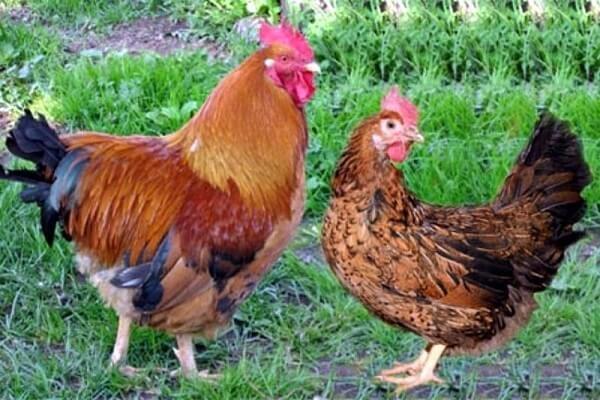
Productivity
This breed of chickens is considered to be very productive. It can be grown for meat or eggs.
Eggs
Under average conditions, chickens produce 250 eggs per year. With complex bird care, this figure can be increased to 340 eggs. The duration of egg production is considered to be quite high. Egg mass - 60-65 grams.
Meat
Adult females weigh about 2 kilograms. Rooster weight reaches 3 kilograms.
For birds, tasty, but slightly tough, meat is characteristic, since the breed is egg.
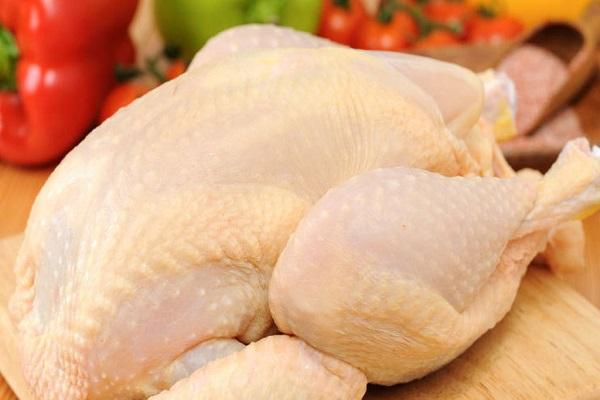
Maturation and motherhood
Sexual maturity of chickens occurs at 4 months. The females of this breed are characterized by a developed incubation instinct. With enough water, nutrition and optimal conditions, chickens hatch eggs perfectly.To ensure good fertility, there should be 1 male for 10 females.
Advantages and disadvantages
The main advantages of this breed include the following:
- excellent profitability;
- strong immunity;
- high parameters of the survival rate of chickens - they are 95%;
- excellent egg production;
- economical feed consumption.
The disadvantage of the breed is the dependence of the productivity of chickens on weather conditions. Birds can hardly stand the summer heat. At temperatures above +27 degrees, appetite disappears, and egg production decreases. Also, productivity decreases if the temperature is less than +10 degrees.
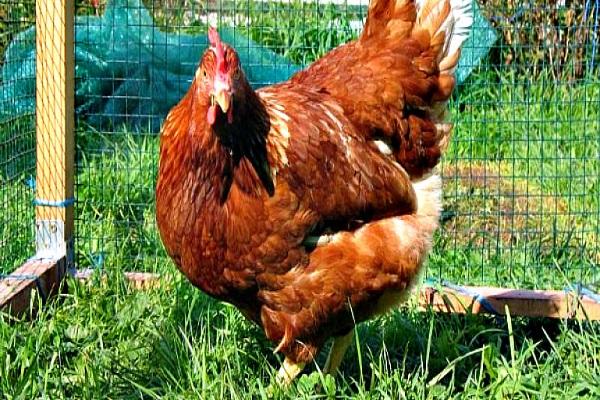
Keeping chickens
Under optimal conditions, birds are characterized by a fairly strong immunity.
Chicken coop requirements
It is important that the chicken coop meets the following requirements:
- Spread a layer of lime on the floor and lay straw. It is recommended to add straw as it gets dirty to get a 25 cm layer.
- Provide ventilation. Thanks to a sufficient amount of fresh air, it is possible to increase the egg production parameters.
- The length of daylight hours is of great importance. To increase the day to 13-15 hours, artificial lighting is used.
- It is recommended to place the nests in secluded places, at a distance of 60 centimeters. They can also be made closed. Thanks to this, it will be possible to avoid pecking the masonry.
- The ash trough in the hen house allows chickens to cope with ticks and fleas. In this case, the ash should be mixed with sand in equal proportions.
2 times a month it is worth examining the birds for the presence of diseases. It is recommended to do this before bedtime - at this moment the birds are as calm as possible.
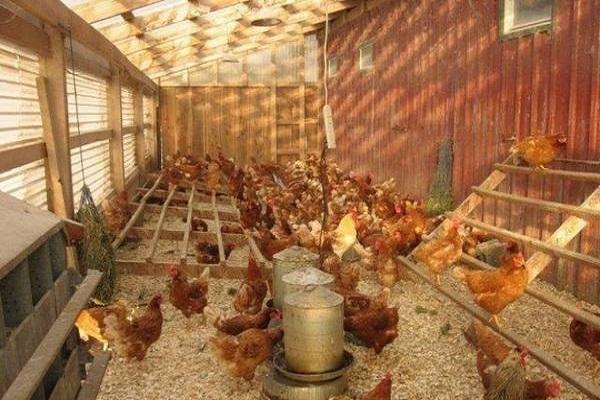
Place for walking
In poultry farms, birds are grown exclusively in cages. In a private courtyard, they are advised to provide a place for walking. This increases the productivity of birds.
Walking allows you to enrich your diet. Therefore, chicken eggs become more useful and nutritious. It is recommended to fence the site, as the chickens are curious and can leave. It is also worth making a shed to protect the chickens from rain and sun. For hygiene procedures, it is worth using containers with sand, ash, shells.
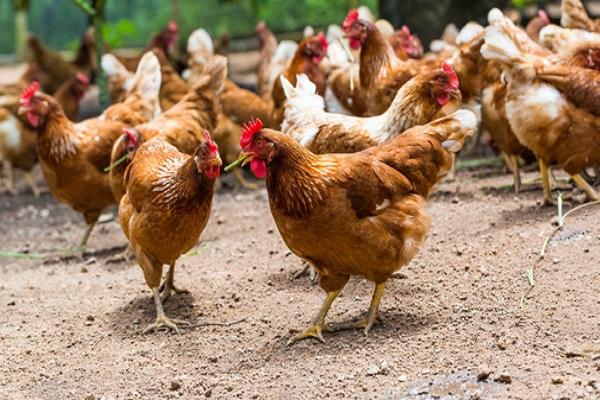
Feeders and drinkers
For chickens, it is worthwhile to properly organize feeders and drinkers. It is important that the water is always clean. It is worth controlling that the chickens do not put their paws there. This will prevent digestive diseases.
Molting
The process starts in September. During this period, thinner feathers are replaced by thicker and denser ones. This is how the birds begin preparing for the winter. During this period, egg production temporarily decreases. To facilitate the molting process, special complexes are introduced into the diet.
Planned herd replacement
Chickens can live for over 10 years. However, when raising birds, it is worthwhile to carry out a planned replacement of the flock after 2 years. It should be borne in mind that with age, egg production rates fall, so the profitability of growing birds decreases.
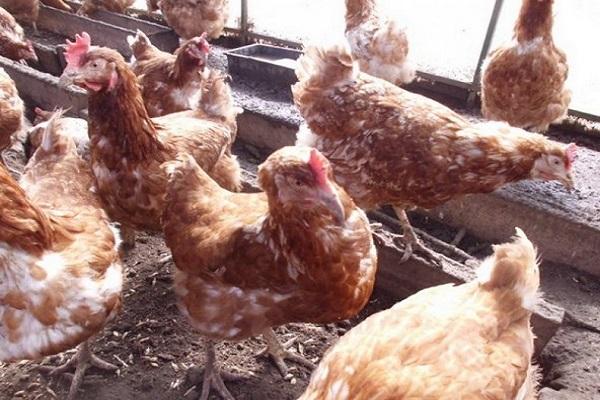
Winter care and maintenance
In winter, the diet of birds should be adjusted. In this case, the number of feedings should be increased from two to three times a day. In the morning and at lunchtime, birds need mash and juicy food, and in the evening they are given dry food. The diet should include sprouted oats, sunflower cake and seeds.
It should be borne in mind that excess food negatively affects productivity. Overfed laying hens put on a lot of weight in winter. Against the background of loss of activity, they begin to rush worse. Therefore, the amount of feed for one bird should not exceed 150 grams.
In winter, it is worth organizing a warm chicken coop. To do this, it is worth removing garbage and excess earth from the room, lighting it up and pouring straw on the floor. It is also important to exclude drafts.
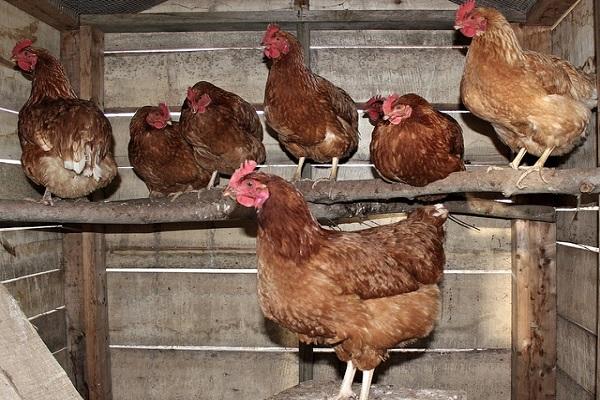
How to feed the chickens?
The diet of chickens is directly determined by their age category.A proper diet ensures good bird development.
Young growth
The menu for chickens is selected in stages:
- Newborns are given small corn grits.
- Barley, corn, wheat are introduced to daily chicks.
- Chickens up to 1 week old are gradually added cottage cheese. It is permissible to give kefir and greens from the day. On the fifth day, green onions are given. Chopped vegetables are gradually added.
- Birds over a week old are advised to have a mixed diet. It includes cereals, dairy products, herbs.
- Monthly chicks are gradually introduced to coarse grains. You should also use a damp mash. Food waste and bone meal are added to it. After a couple of weeks, use whole grains.
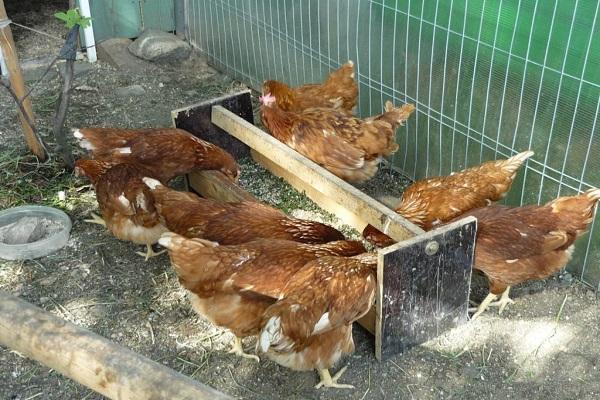
Adults
Half of the menu for adult chickens should be cereals. Birds of this breed need a sufficient amount of protein. Feathered should be given peas, soybeans, alfalfa. They also need cottage cheese, milk whey, meat and bone meal. In addition, hens should be given meat broth.
To provide chickens with sufficient calcium, feed chalk and crushed eggshells should be given. It is also acceptable to use seashells.
How to breed a breed?
An incubator is recommended for breeding birds. This will help to avoid loss of egg production. Females often sit on the nests. But if eggs are left under the chickens, this may cause them to stop laying.
If chicks hatch without a brood, their survival rate reaches 95%.
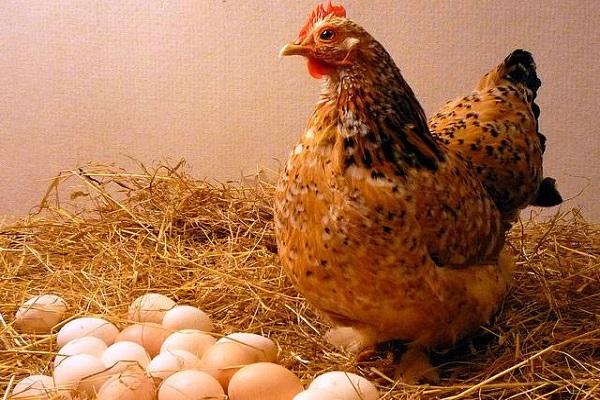
Frequent diseases of the Kuban
With adequate care of birds, they hardly encounter diseases. Nevertheless, birds should be examined every 2 weeks in order to identify pathology in time.
Infectious diseases
Such diseases are very dangerous for chickens, as they often lead to death. Pasteurellosis poses a threat to birds. It is characterized by high fever, wheezing when breathing, the appearance of foam from the nose. In this case, the scallop becomes blue, and blood clots are present in the droppings.
Chickenpox is another serious infectious disease. In this case, the head and the rest of the body of the chicken are covered with red spots. Over time, they become coarser. The color changes to yellow-brown.
Birds lose appetite, aggressive behavior and loss of vision.
If you try to diagnose yourself, there is a high probability of serious consequences. If you identify dangerous symptoms, you should contact your veterinarian.

Caused by parasites
Chickens often suffer from attacks by bedbugs, fleas, ticks and worms. In this case, the birds lose their appetite and weight. They often drop down and feathers. It is possible to identify worms by a sudden loss of activity and loose stools. To prevent these kinds of problems, chickens need sand and ash baths.
Non-communicable chicken diseases
This is the most common category of disease. They are usually associated with improper living conditions, irregularities in the diet or lack of regular feeding. Irregular nutrition leads to hepatosis and apteriosis; pneumonia and conjunctivitis are the result of hypothermia.
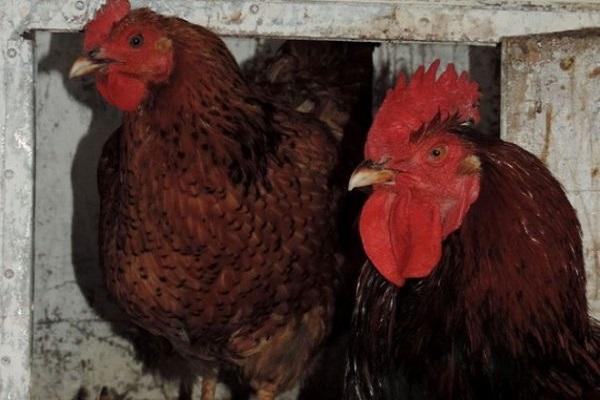
Chickens of the Kuban red breed are distinguished by high productivity and unpretentious maintenance.
Nevertheless, compliance with the main recommendations of specialists helps to achieve good results in their cultivation.
